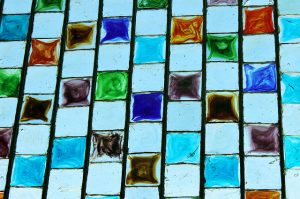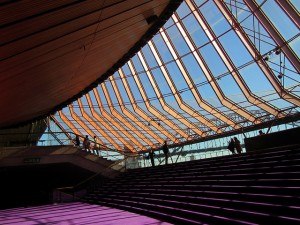Glass Decorating Enjoys a Revival
Glass is an exceptional decorating and design material, and you have to admit that it has a lot going for it. It’s inexpensive when compared to other decorating materials. It’s versatile. It’s generally a “local” product. It’s simple. It transmits light. It’s practical. It can be used in interiors or exteriors. It’s generally safe. It’s a great sound insulator. It’s elegant – the list goes on.
Despite these clear advantages, glass wasn’t heavily used in decoration until relatively recently. Fortunately, designers are rediscovering the long list of benefits that glass offers. Improvements in glass have made it possible to safely incorporate glass into virtually every area of a home or office space.
Laminated and tempered glasses offer protection from breakage and potential injury. That enables glass to be used safely in doors, room dividers, displays and even in furniture. Although the transparency of glass can make it a useful decorating material, you can enhance the glass by coating it with paint.
Ordinary paints won’t bond to glass because paint is designed to adhere to porous surfaces. Because the paint can’t adhere to non-porous glass, it is vulnerable to chipping, peeling and fading once the paint has dried. It also fares poorly in high humidity environments.
Glass paint is specially formulated, so it does more than coat glass. It creates a nanoscale bond with the surface of the glass, so once it is cured, the paint is bonded permanently. It will not chip or peel because it actually modifies the surface of the glass. Ordinary paint doesn’t do that. In addition, Glassprimer™ glass paint is designed to provide superior UV resistance, so it won’t fade, even when it’s exposed to direct sunlight. That makes it ideal for a variety of painting projects that incorporate glass.
Glass has a number of decorating advantages. If it isn’t currently on your list of go-to materials, it should be!
Photo Credit: Chuck Berridge, via Flickr.com




